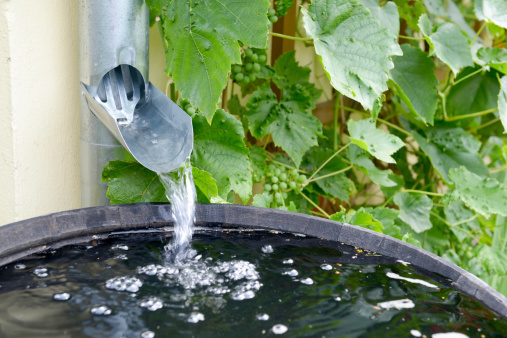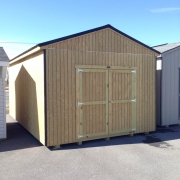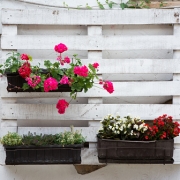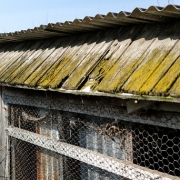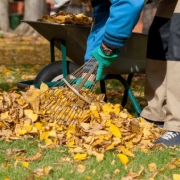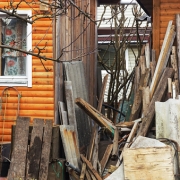Conservation Tips: How to Save Water in Your Yard and Garden
According National Geographic, more than 60 percent of a household’s water use is from yards. Another brutal statistic? We can lose up to three gallons of water per day just from one leaky faucet or hose.
Never before, especially with the constant droughts in the western United States, has such an emphasis been placed on water conservation. We can all make changes to how we care for our yards and gardens. Here are some ways in which we can save on water—and not all of them have to do with limiting our use of water; there are many strategies to consider!
Find your baseline; in most areas, an inch of water per week is adequate to water plants and grass. But perhaps you don’t need to do this yourself; the rain might take care of it for you! Pay attention to rainfall counts in your area, and do an experiment yourself by putting a measuring cup in your yard. This will give you a more realistic view of how much water your property needs.
Think about xeriscaping—this somewhat new term (or at least in it being a widespread trend) refers to adding plants that can survive in extremely arid areas. By adding plants that can tolerate drought conditions, you’ll add to the variety of plants you have from an aesthetic standpoint too, while also reducing the number of plants that need water. Add a little Arizona to your Pennsylvania!
Recycle water. There are a number of ways to do this; a cistern (water barrel) can collect rainwater, which you can later use to water plants and your lawn using a hose attachment. Be sure the barrel is covered to prevent evaporation, and monitor closely for mosquitos; that’s the one downfall of having standing water. Other ways to recycle water is to get out of the habit of dumping unfinished water or leftovers from boiling water for vegetables—use that to water your greens!
Finally, remember that mulch locks in moisture and native plants require less water.
